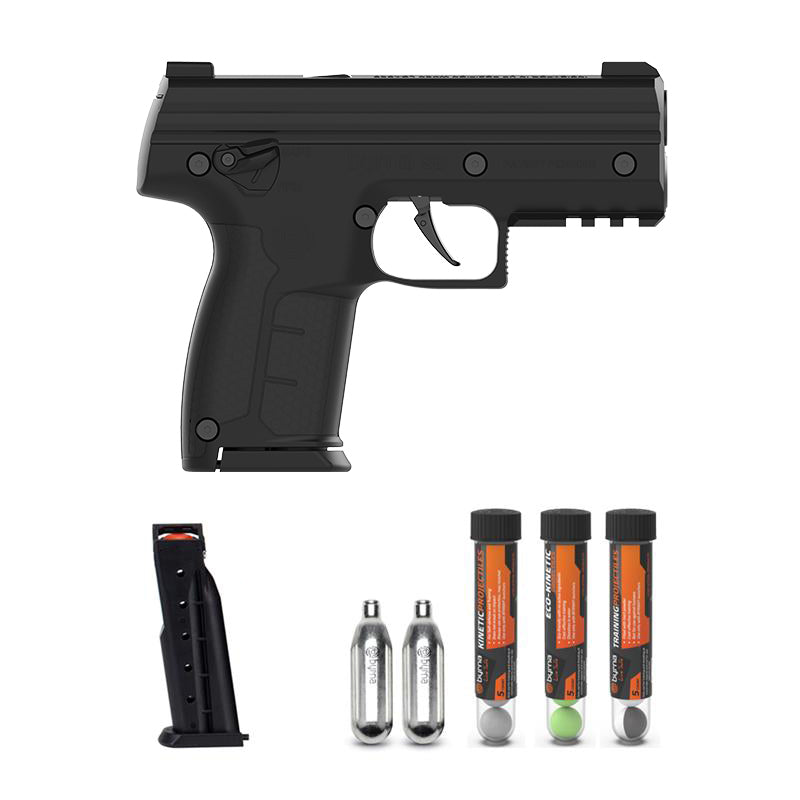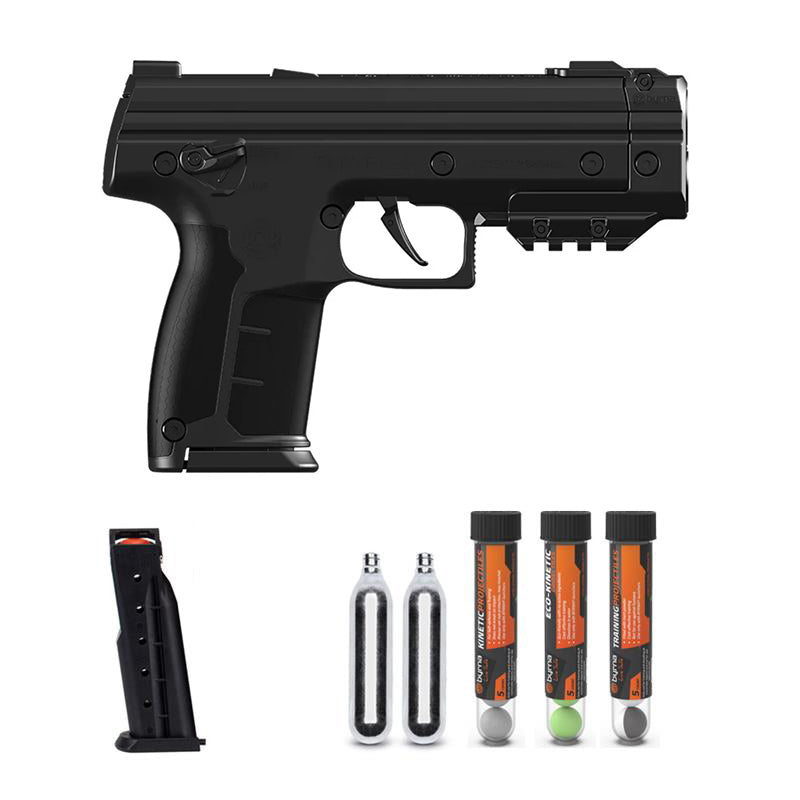Why Houses of Worship Are Turning to Less-Lethal Security Solutions
Incidents of violence in churches and other houses of worship have risen in recent years, prompting faith communities to reassess how they protect congregants. A recent testimony from a church safety leader underscores a growing reality: many devastating attacks could be mitigated - or entirely prevented - through layered security and effective less-lethal defense tools.
In one tragic case, a gunman entered a church, opened fire, and set the building ablaze. The attacker wore body armor, limiting the impact of traditional defensive measures. However, he lacked facial protection, meaning that a less-lethal option such as tear gas or chemical irritant projectiles could have significantly altered the outcome. Situations like this highlight how non-lethal tools can disrupt an assailant long enough to reduce casualties and allow law enforcement to intervene.
Churches across the country are increasingly exploring ways to fortify their defenses while maintaining an environment of peace. Security experts emphasize several core components: target hardening, safety training, preparedness drills, and a clear use-of-force continuum. These layers help ensure that protection strategies match the unique needs of each congregation.
In New England, where many churches are hesitant to adopt firearms for security, less-lethal tools fill a critical gap. Products like the Byrna platform provide a powerful, safe alternative that aligns with a church’s mission while still offering meaningful defense capabilities. With effective ranges up to 60 feet, these devices allow trained volunteers or staff members to slow or incapacitate a threat without the irreversible consequences of lethal force.
Less-lethal options also benefit individuals who lack firearms experience. Many churches rely on volunteers rather than professional security personnel, and accessible, easy-to-use tools help empower teams to respond effectively under pressure. By neutralizing a threat long enough for police to arrive, these solutions provide a practical and compassionate way to protect congregants.
As faith communities continue to navigate modern safety challenges, layered protection strategies - including non-lethal defense - are becoming an essential part of keeping worship spaces secure. When seconds matter, having options beyond firearms can make the difference between chaos and control, harm and preservation, tragedy and survival.







